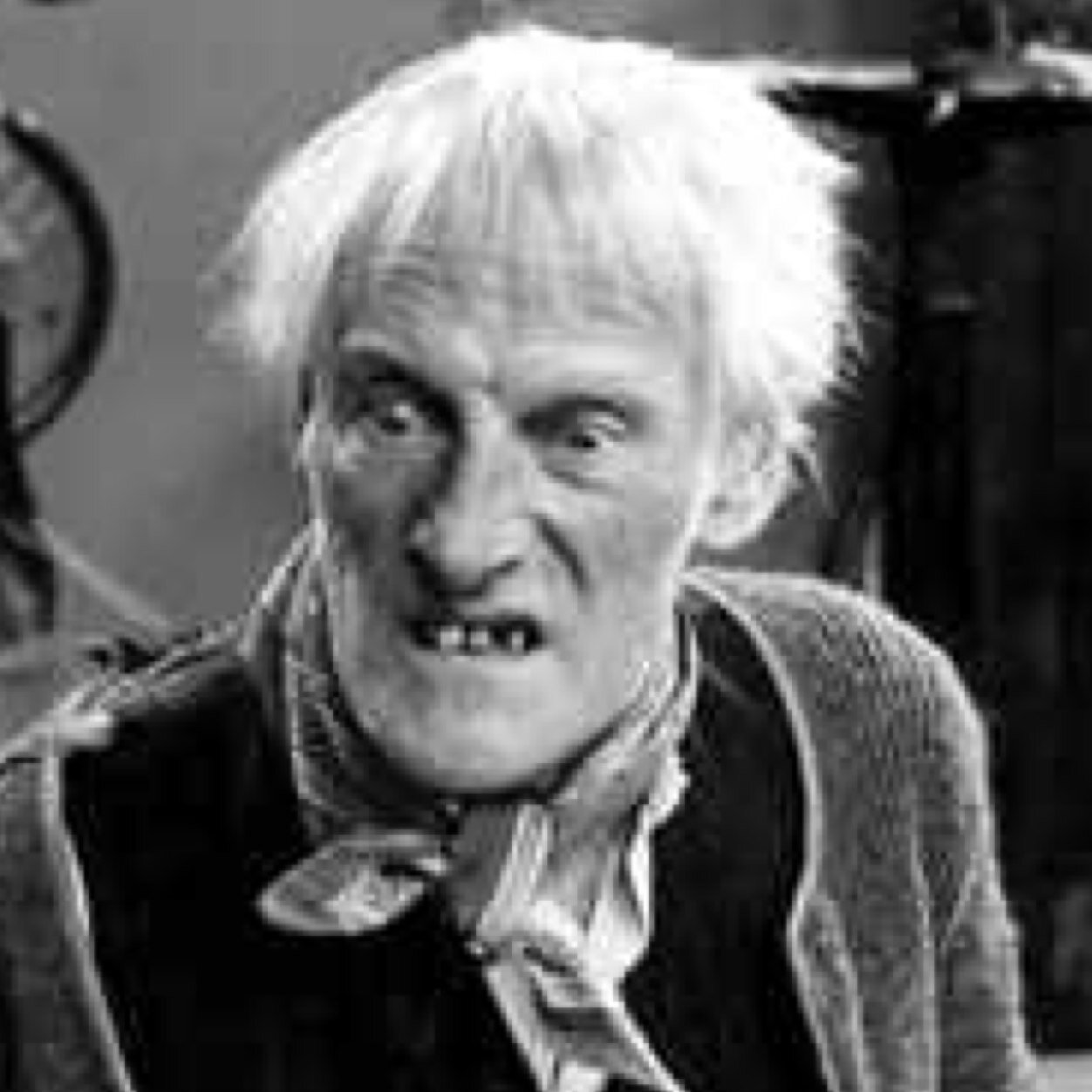John Bauer's letter covers the point for me when he says 'I would be of the opinion that something cannot be fake unless it is presented as something as it is not.'
I suggest items only become fake when used to deceive. For example, an replica engine plate, bought knowing it's a replica, isn't a fake. However, if the same plate is sold on later as an original, then the deception makes it a wrong 'un. The deceit is in the transaction rather than the replica, unless the replica was specifically made to deceive.
Although a model locomotive could be said to be a fake, it's small size makes it unlikely anyone would believe they were buying a full-size engine. Engine plates are in the middle; sold as a replica, no problem; sold as an original, they're crook. Reproducing current bank notes and coins is downright illegal, it always being assumed by the law that the purpose is fraud.
Blurred territory though: people have bought dolls-house furniture from internet auctions under the impression it was full-size. Where they deceived if the true dimensions were in the small print?
Lots of fakery about. Married men know the awful truth about wives. High-heels, corsets, support garments, depilatories, brassieres, lipstick, foundation, perfume, false eyelashes, hair dye, and lipstick.
Though honest, I'm as attractive as Albert Steptoe. You choose!

Dave
 Dave Halford.
Dave Halford.





